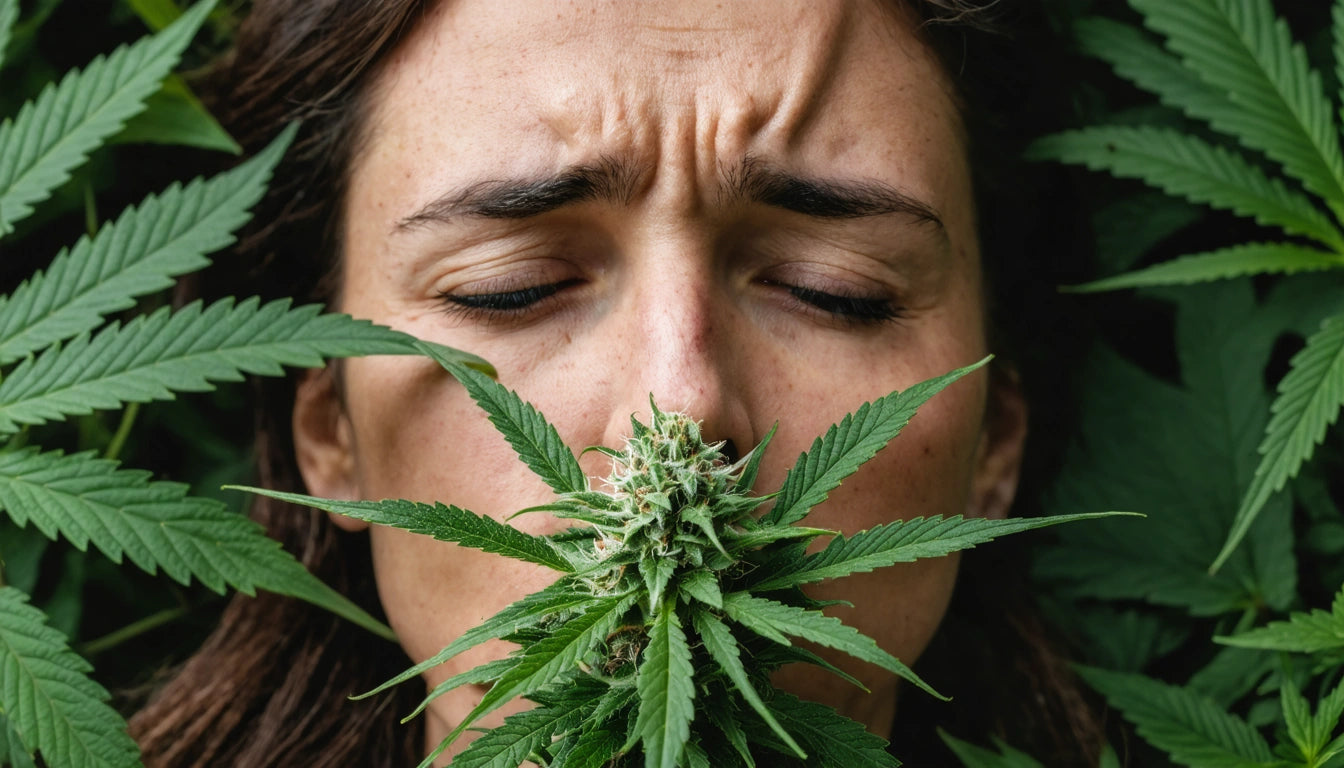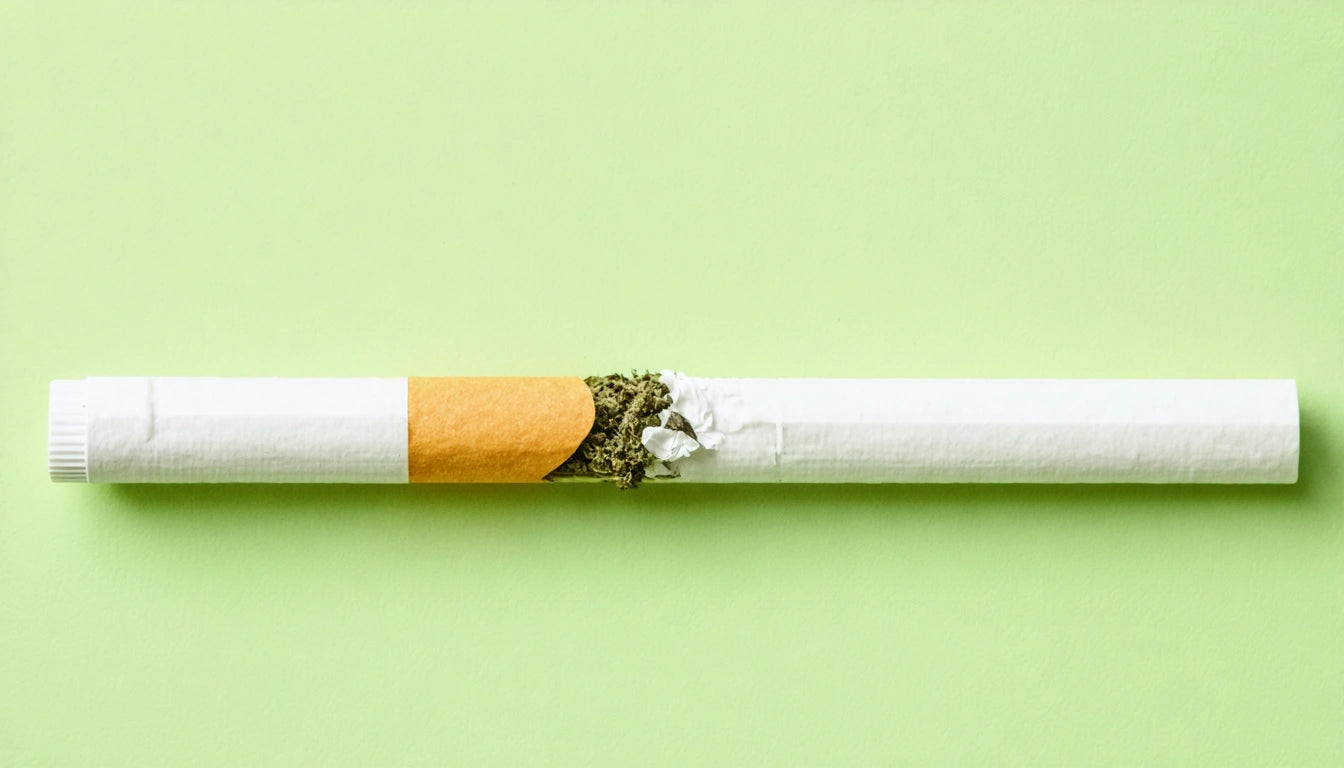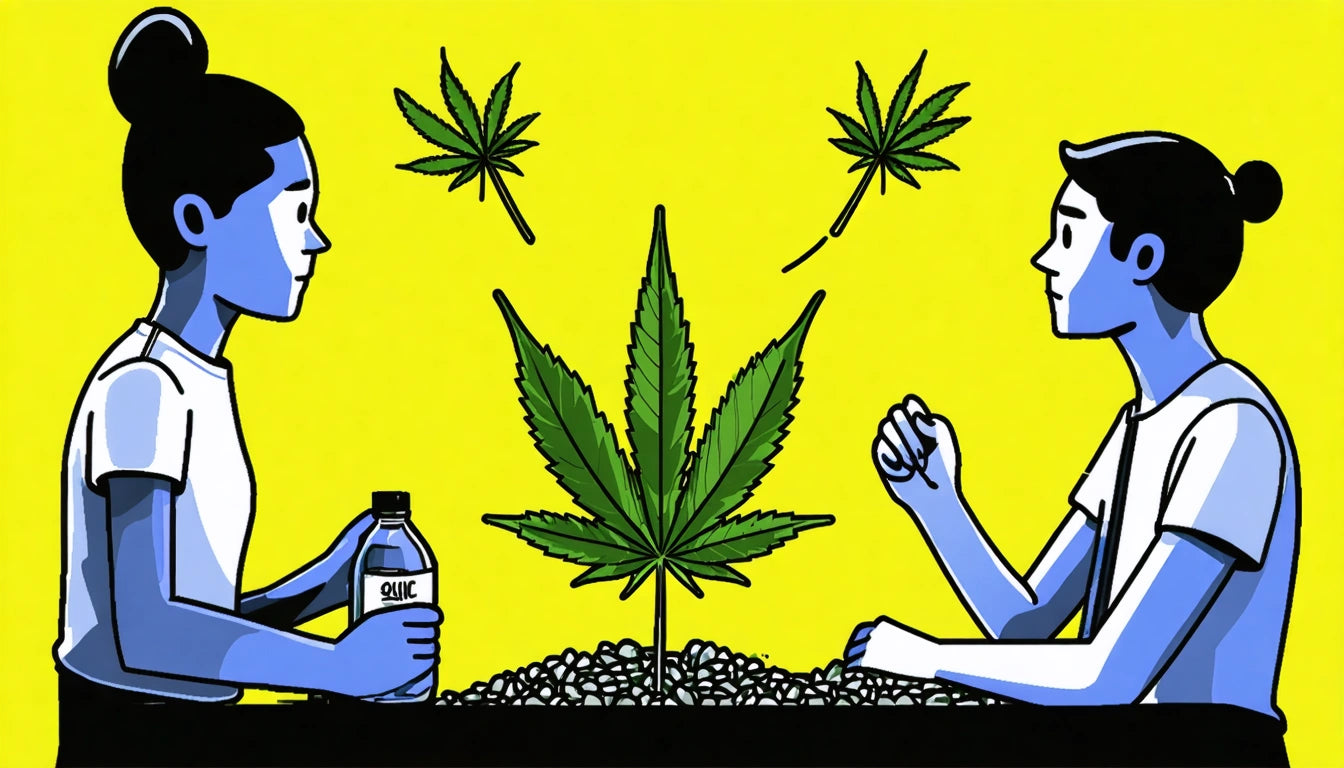Table of Contents
Can Cannabis Effectively Relieve Migraines? Exploring the Best Strains and Methods
Migraines affect millions of people worldwide, causing debilitating pain and disrupting daily life. As conventional treatments sometimes fall short, many are turning to cannabis as an alternative solution. This comprehensive guide explores whether cannabis can effectively relieve migraines and highlights the best strains and consumption methods based on current research and user experiences.
Cannabis and Migraine Relief: The Science Behind It
The endocannabinoid system plays a crucial role in pain regulation, including migraine pain. Research suggests that endocannabinoid deficiency may contribute to migraine development, making cannabis a potentially effective treatment option. Studies on cannabis for migraine relief have shown promising results, with many patients reporting reduced frequency and intensity of migraine attacks.
The cannabinoids in cannabis, primarily THC and CBD, interact with receptors in the brain that influence pain perception and inflammation. THC activates CB1 receptors, which can help block pain signals, while CBD works through multiple mechanisms to reduce inflammation and modulate pain response without psychoactive effects.
Best Cannabis Strains for Migraine Relief
When seeking the best weed strains for migraines, consider these options that users frequently report as effective:
Indica-Dominant Strains
- ACDC: High CBD content with minimal THC, offering pain relief without significant intoxication
- Purple Kush: Provides deep relaxation and pain relief, helpful for nighttime migraine attacks
- Granddaddy Purple: Known for its potent pain-relieving properties and ability to induce sleep
Sativa and Hybrid Strains
- Harlequin: Balanced CBD:THC ratio that offers pain relief while maintaining functionality
- Blue Dream: A hybrid providing pain relief without heavy sedation, good for daytime use
- OG Kush: Effective for stress-triggered migraines with balanced body and head effects
The effectiveness of specific strains varies between individuals based on their unique endocannabinoid systems, migraine triggers, and symptom profiles.
Consumption Methods for Migraine Relief
The method of consumption significantly impacts how quickly and effectively cannabis relieves migraine symptoms:
Inhalation Methods
Smoking or vaporizing cannabis provides the fastest relief, typically within minutes. For those who prefer pre-rolled options, pre-rolled cones with specific strains can offer convenient, precisely dosed medication that's ready when migraine symptoms begin. Inhalation methods are particularly useful for quickly addressing acute migraine attacks.
Oral and Sublingual Methods
Tinctures and oils placed under the tongue offer relatively quick absorption (15-30 minutes) while avoiding respiratory concerns. Edibles provide longer-lasting relief but take longer to take effect (30-90 minutes), making them better suited for migraine prevention rather than acute treatment.
Topical Applications
CBD-infused balms and oils applied to the temples, neck, and shoulders may help relieve localized pain and tension associated with migraines, though they typically won't address other migraine symptoms like sensitivity to light or nausea.
CBD vs. THC: Finding the Right Balance for Migraines
THC can alleviate migraines through its direct pain-relieving properties, but some patients find that high THC levels can trigger anxiety or other side effects that may worsen the migraine experience. CBD, while less directly analgesic, offers anti-inflammatory benefits without psychoactive effects.
Many migraine patients report optimal results with balanced THC:CBD ratios (1:1 or 1:2) that provide pain relief while minimizing unwanted psychoactive effects. Products with these balanced ratios are becoming increasingly available as the medical cannabis market matures.
Potential Risks and Considerations
While many find relief with cannabis, it's important to consider potential risks:
- Rebound Headaches: Frequent use may potentially lead to medication overuse headaches in some individuals
- Paradoxical Effects: Cannabis can sometimes cause headaches in certain individuals or at high doses
- CBD Concerns: While generally well-tolerated, CBD products can cause headaches in some users, particularly at high doses
- Drug Interactions: Cannabis may interact with other medications, including common migraine preventatives
Consulting with a healthcare provider knowledgeable about medical cannabis is essential before beginning treatment, especially for patients with cardiovascular conditions or those taking other medications.
Patient Experiences and Future Research Directions
Anecdotal evidence from migraine sufferers suggests that cannabis can be effective when conventional treatments fail. Many report reduced frequency of attacks, decreased pain intensity, and relief from associated symptoms like nausea and light sensitivity. The question "can cannabis help with migraines" is increasingly being answered affirmatively by both patients and preliminary research.
Current research, while promising, remains limited by regulatory barriers. Ongoing studies are investigating optimal dosing, specific cannabinoid profiles, and long-term efficacy. As legal access expands, more robust clinical trials will help establish evidence-based guidelines for using cannabis as a migraine treatment.
For those considering cannabis for migraine relief, starting with low doses of balanced THC:CBD products and tracking results can help identify the most effective approach for individual needs. With careful experimentation and medical guidance, many migraine sufferers may find significant relief through cannabis that improves their quality of life and reduces reliance on conventional medications.











Leave a comment
All comments are moderated before being published.
This site is protected by hCaptcha and the hCaptcha Privacy Policy and Terms of Service apply.